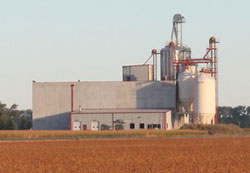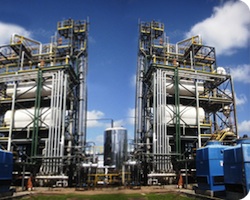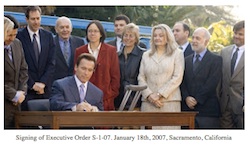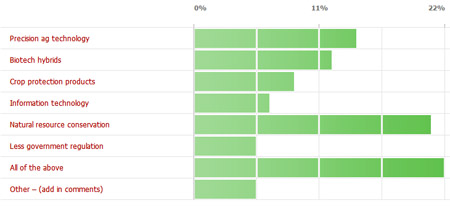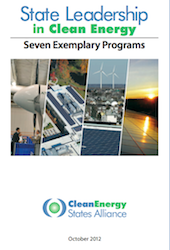Florida-based Genuine Bio-Fuel says it has developed a new production process that refines biodiesel fuel in seconds using ultrasonic shearing technologies. Traditionally, it takes several hours to produce biodiesel using batch reactors and the result, says the company, is varying qualities of biodiesel, by-products, water consumption and contaminated water discharge. Genuine Bio-Fuel says using this technology limits future technological advancement.
“Batch reactors are too cumbersome and limiting, said Executive Vice President Jeff Longo. The batch process is time consuming, taking anywhere from a couple of hours to days to complete. Plus, it is not conducive for using a variety of alternative feedstocks of variable quality.”
The company invested in developing a new technology that would reduce operational costs, reduce energy usage and produce high quality fuel. The result was to use ultrasonic shearing that uses sound waves to bond a catalyst to feedstock, which creates a chemical reaction.
During the ultrasonic process, according to the company, the feedstock and catalyst are simultaneously added to the tank and passed through a chamber of ultrasonic sound waves. These sound waves jumble the elements so violently that they become instantly bonded together. After this reaction, the mixture flows into another tank where any remaining raw components will be expelled through a centrifuge – unlike the batch process, which uses water. From there the fuel is passed through an ion exchange polishing tank to polish the final product.
Longo says today Genuine Bio-Fuel is the only plant that truly uses continuous-flow, ultrasonic, shear-mixing technology to product biodiesel. In the process, the company also cut production time and costs, it energy use is about 60 percent below industry average, and there is no need for excessive heat and pressure.


 The
The 